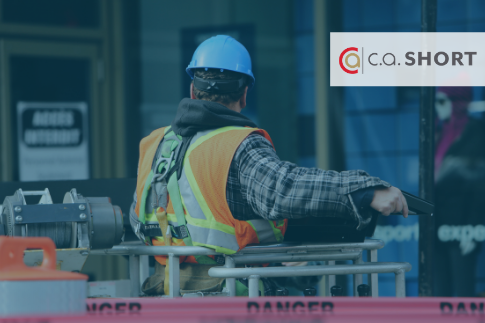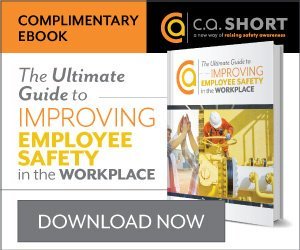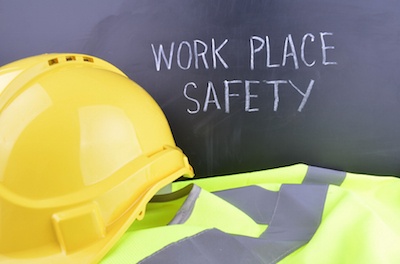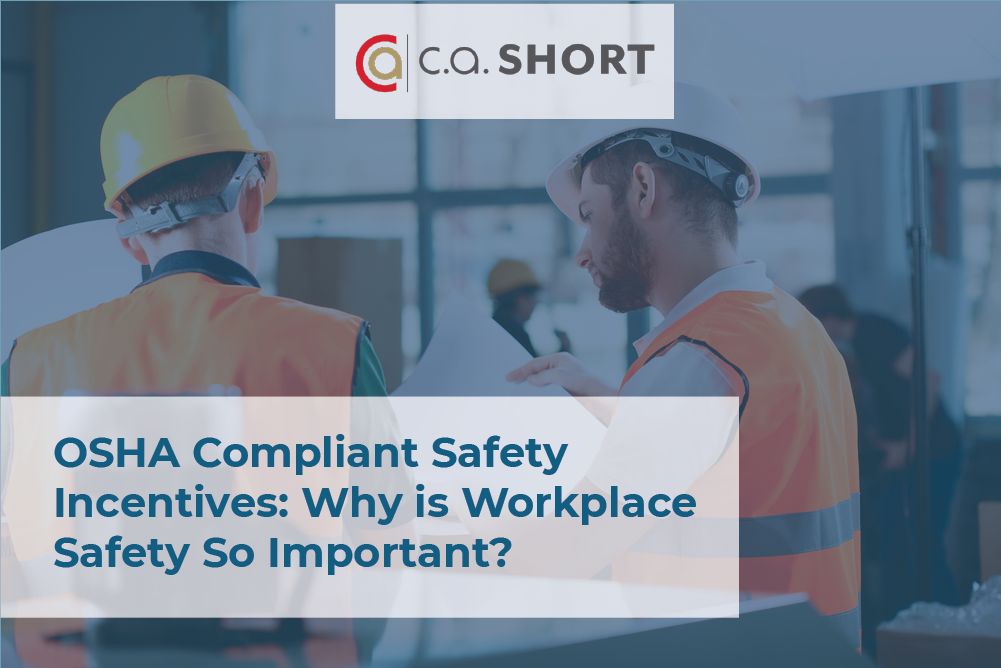During an exclusive Safety+Health webinar, Patrick Kapust, deputy director of OSHA’s Directorate of Enforcement Programs, presented preliminary data for OSHA’s Top 10 most cited violations for fiscal year 2020, which ended Sept. 30.
2020 OSHA Top 10 Most Cited Violations:
- Fall Protection – General Requirements (29 CFR 1926.501): 5,424 violations
- Hazard Communication (1910.1200): 3,199
- Respiratory Protection (1910.134): 2,649
- Scaffolding (1926.451): 2,538
- Ladders (1926.1053): 2,129
- Lockout/Tagout (1910.147): 2,065
- Powered Industrial Trucks (1910.178): 1,932
- Fall Protection – Training Requirements (1926.503): 1,621
- Personal Protective and Life Saving Equipment – Eye and Face Protection (1926.102): 1,369
- Machine Guarding (1910.212): 1,313
The OSHA Top 10 should be used as a guide for your workplace, especially if you don't know where to start to improve workplace safety.
Safety Incentive Programs can also influence employee actions and behaviors to prevent an accident or injury before it occurs. When implemented correctly, safety programs can help to reduce unsafe behavior, minimize lost production hours, and improve overall workplace morale.
WHAT IS A BEHAVIOR-BASED SAFETY INCENTIVE PROGRAM?
Safety engagement programs are tools used to promote a culture of safety by providing incentives or rewards. The idea is to not only encourage and engage employees to get the job done, but to do it safely. The programs aim to reward employees on the front end instead of having to pay for workers’ compensation and medical benefits on the back end after an employee injury.
By encouraging safe behavior, the programs help to build employee morale and focus attention on achieving the goals of the organization’s safety program. They help raise employees’ safety awareness and in turn produce higher levels of safety and health achievements.
C.A. SHORT COMPANY’S SAFETY ENGAGEMENT PROGRAM
At C.A. Short Company, we have combined safety and engagement to create a holistic incentive program focused on decreasing workplace hazards and injuries. Our formula is focused on equal parts safety and equal parts engagement in order to keep employees focused on the bigger picture. Many safety incentive programs on the market focus only on safety and neglect other core areas like engagement and recognition. Due to our holistic approach, Safegagement™ is a powerful recognition tool, providing you meaningful results.
THE FIVE COMPONENTS OF SAFEGAGEMENT™
/PowerPoint%20Graphics/5ComponentsSafegagement-01.png?width=502&name=5ComponentsSafegagement-01.png)
As mentioned above, your safety incentive program must be well-balanced in order to see significant results. By utilizing Safegagement™, your strategy will be 100% customized to meet your business’ needs, while implementing five universal components of success.
COMPONENT #1: LEADING INDICATORS
When measuring success, businesses often turn to lagging indicators to determine what went wrong. Lagging indicators are reactive measurements that track events that have already occurred. They are useful for determining if you’ve accomplished your goals, while alerting you of any failures in your program. These indicators can offer valuable insights, however leading indicators can help with predictions, as well as the prevention of safety incidents before they even occur.
Examples of Leading Indicators Can Include:
- Employees participating in safety exercises
- Reporting on any near-misses
- Amount of time it takes to respond to a safety hazard report
By analyzing these indicators you can take a proactive step to preventing the causes of injuries, illnesses, or other workplace problems. Not only will this show a commitment to your employees, but can help you reduce costs and improve efficiency. Our platform allows you to easily collect and house data for determining leading and lagging indicators for you to consistently improve your program.
COMPONENT #2: CONTINUOUS TRAINING
Safety initiatives are always evolving with new standards being developed continuously. The best way to keep your employees ahead of the curve and to keep incidents down is to provide continuous and involved training. Simply providing safety pamphlets and tutorial videos are not enough. Incorporating a robust training platform into your program will help you boost active engagement, communication, and participation.
COMPONENT #3: POSITIVE REINFORCEMENT
Positive reinforcement is key to creating lasting success. Because of our program’s unique engagement capabilities, you can reward employees publicly and instantly for their commitment and success to the program.
Positive recognition will not only reinforce the employee’s positive behavior, but will also encourage and motivate co-workers to do the same. Combined with our People Are Everything™ platform, you can give your employees the power to exchange points for unique rewards such as concert tickets, getaway packages, tech gadgets, and more!
COMPONENT #4: PARALLEL ENGAGEMENT
Another crucial part of your program’s success is buy-in at all levels. In order to promote safety and engagement, participation from all members of your team is a must. Managers and coworkers must be committed to recognizing one another's accomplishments and promoting a positive working environment.
Our program helps to simplify this process by providing peer-to-peer recognition, as well as customized manager dashboards for overseeing engagement levels.
COMPONENT #5: CONNECTIVITY AND OWNERSHIP
Boosting connectivity and ownership is a key part of a safety strategy. By utilizing Safegagement™ you can bring every member of your team under one portal, seamlessly connecting one another. Combined with add-ons such as message boards, online rec rooms, and survey tools, you can practice active listening and collect employee feedback on what matters most.
C.A. Short Company can help you create and tailor your safety incentive program to your organization’s specific needs.










SHARE